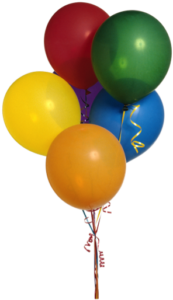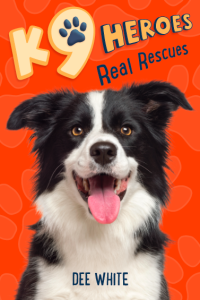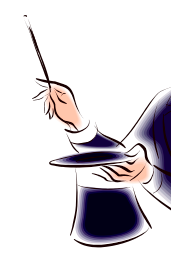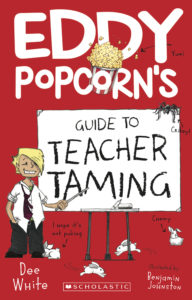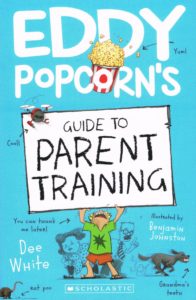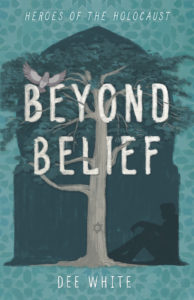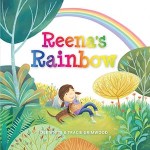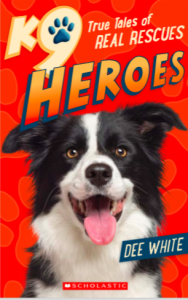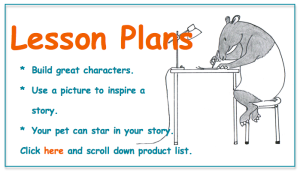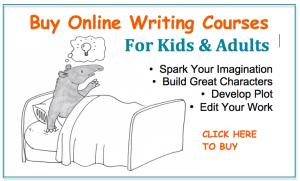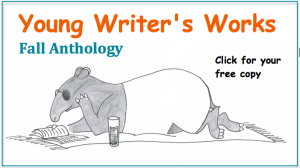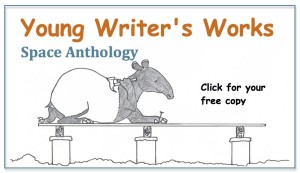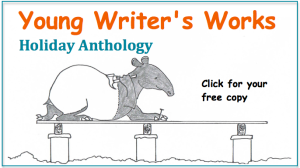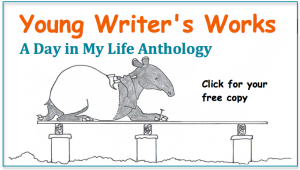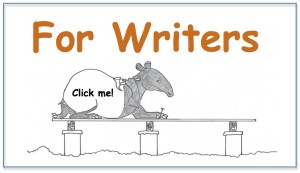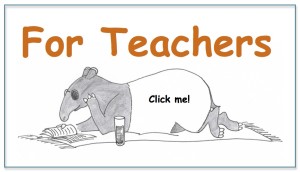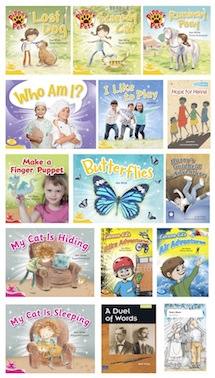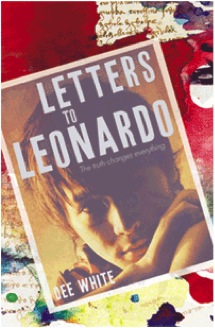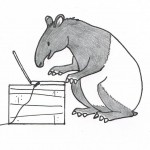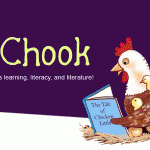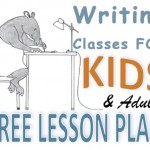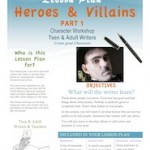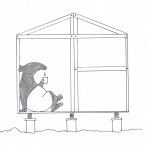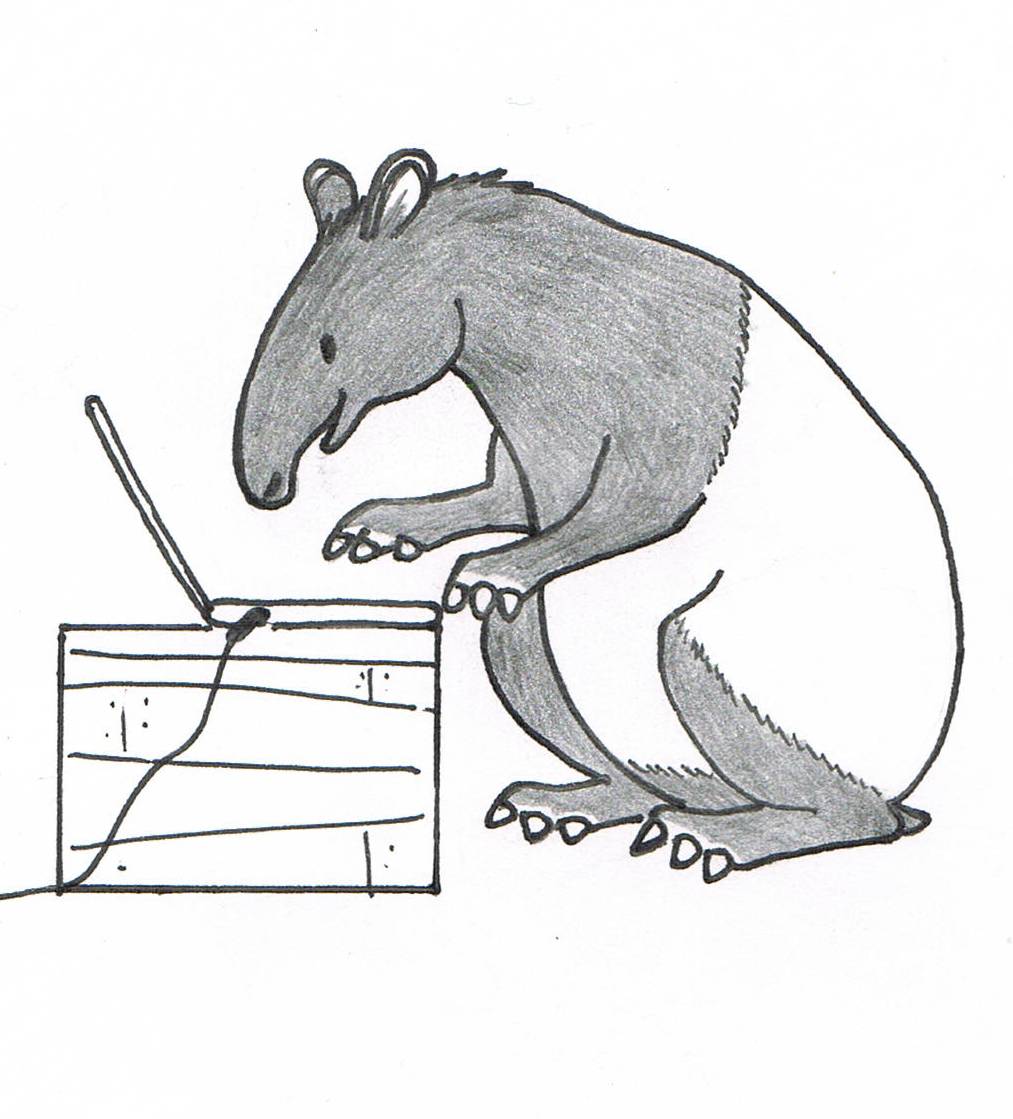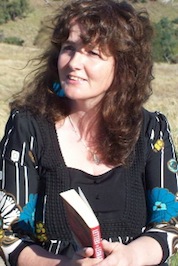Paul Collins has written many books for younger readers. He is best known for his fantasy and science fiction titles: The Jelindel Chronicles and The Quentaris Chronicles ─ co-edited with Michael Pryor. His trade series The Earthborn was published in America by Tor. Paul has been short-listed for many awards and has won the Inaugural Peter McNamara, A Bertram Chandler, Aurealis and William Atheling awards.
ABOUT THE BOOK
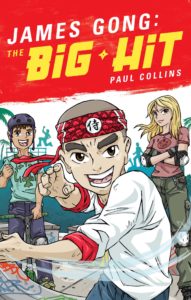 James Gong is training for his black belt in taekwondo. One night a camera crew from Hollywood Productions turns up at training for an episode of My Life, only to see James at his most ornery aggressiveness. They love James’ jumping spinning sidekick, and decide to star him in a small budget flick. Trouble is, Hollywood Productions is a scam company that basically produces B grade ‘loser’ movies to offset huge tax bills.
James Gong is training for his black belt in taekwondo. One night a camera crew from Hollywood Productions turns up at training for an episode of My Life, only to see James at his most ornery aggressiveness. They love James’ jumping spinning sidekick, and decide to star him in a small budget flick. Trouble is, Hollywood Productions is a scam company that basically produces B grade ‘loser’ movies to offset huge tax bills.
Meanwhile, James, who likes his sister Caitlin’s best friend, Amber, thinks his sudden film career will curry favour. Not so. If anything, Amber shuns him more so. Hollywood Productions may want to lose money, but underestimates their star.
It’s early days, but so far a couple of reviewers have given it ‘Highly recommended’ reviews. Here’s one from a teacher-librarian in Qld: https://losangzopa.wordpress.com/2020/03/29/james-gong-the-big-hit-paul-collins/?fbclid=IwAR2v_PyoRzl0NNL1kzvm8vGormKsc8c4q9QLETDTo4oxuWsf6Qy2IEFKDWA
THE INSPIRATION BEHIND THIS STORY
Basically, I like plot and action-driven fiction. Think Eoin Colfer, Peter O’Donnell and Philip Reeve. James Gong: The Big Hit is basically extreme martial arts (he does many stunts on blades). I have a history in martial arts – I’ve also written eight books on various martial art disciplines. So personal experience went into this book.
WRITING TIPS
1/ People say you should write what you know about. That in itself is pretty limiting unless you have a huge knowledge base. But a vet, James Herriot, is known to have written (with his wife) a hugely successful series of books. And you’ll find many such authors successfully utilising their personal knowledge. Those who know a lot about dogs, could write articles on them, much as, say, a person who knows about chickens, etc. Seek out magazines that specialise on these subjects and write specifically for them. I did this with a computer magazine called PC User. They’d never published fiction till I sent them a science fiction story. I wrote a story about a dog and sent it to a magazine about dogs. I wrote a trucking story for a magazine called Truckin’ Life – they’d never thought about fiction till I sent them a story. I wound up selling a handful of stories to that magazine and its sister magazine The Interstater.
2/ Writing for kids I think it’s a must to keep them turning the page. Action is a good way of doing this (admittedly, action doesn’t suit every book!!!). I’m not going to put my foot in it and start naming names, but there’s a hugely popular Australian YA author who isn’t a good writer, but he writes page-turning books. Most authors envy his sales record (but not his writing ability).
3/ It’s all very well writing because you’re passionate about writing. But at the end of the day, do you want to get published? Seek out what publishers are publishing. You need to be quick, of course, because a fad this year mightn’t be a fad next year. Gothic stories were big for a while as was sick-lit. Horror had its day quite some time ago with RL Stine and others. But if you can work out a trend and get in on it early, you have a better chance of getting published if you have a finished manuscript when the wave is high.
4/ As a publisher, I receive around 700 manuscripts a year. Most are picture book submissions. I can’t tell you how many don’t know how format a picture book manuscript. Most text doesn’t fill a 32-page picture book template. Many start on page one, when in fact, they mostly start on page four (first three are imprint, half title and title pages – not always, but most often). A publisher sees a poorly executed manuscript and that’s immediately a minus point for you. For those who haven’t been published, I’d suggest joining a writing group. Most states have a writers’ centre. Ask them to help you find one. RMIT, Melbourne Uni, Victoria University, Deacon and others have writing courses. I don’t think they actually teach you how to write as such, but they do everything else.
5/ Read, read and read more. Especially the genre in which you’re writing. There’s not much point in writing science fiction if you haven’t read any. Similarly, writing picture books when clearly you don’t know the layout is a no-no. Most who write picture books seem to forget there’s an illustrator involved. Why describe what your character is wearing, for example, when the illustrator will show what they’re wearing. Describing an action like skipping is superfluous, because again, the illustrator will show this movement. So immerse yourself in these books before trying to write them.
WHERE TO FIND PAUL ONLINE
https://twitter.com/fordstreet
https://www.facebook.com/fordstreet
https://www.linkedin.com/in/paul-collins-0954293a/?originalSubdomain=au
VIEW THE BOOK TRAILER
WHERE TO BUY THE BOOK
Any good bookshop or the author’s website www.paulcollins.com.au
Congratulations Paul on your new book, James Gong: The Big Hit